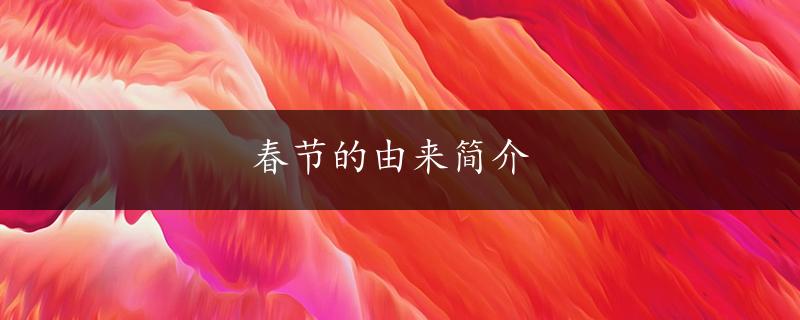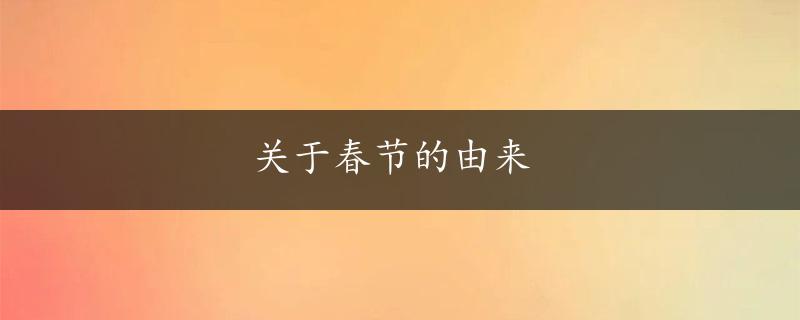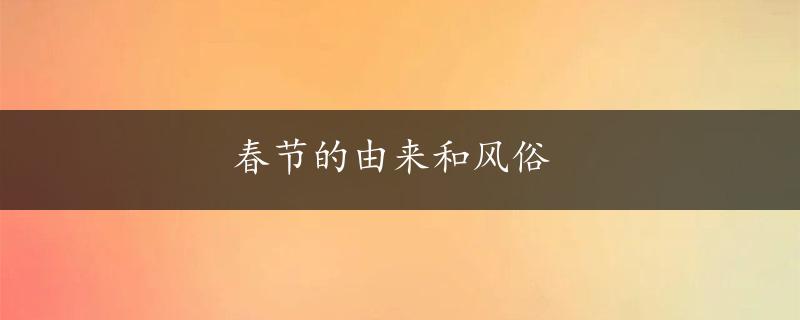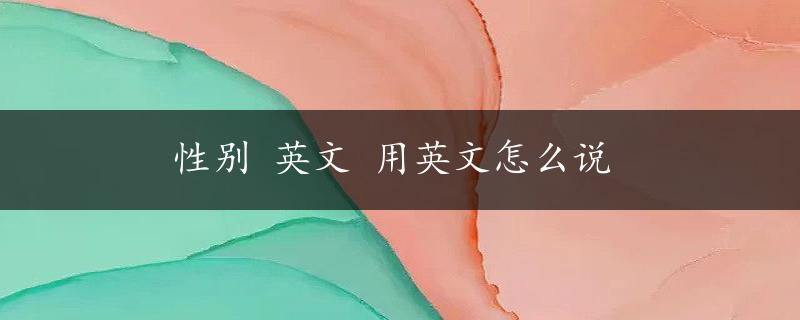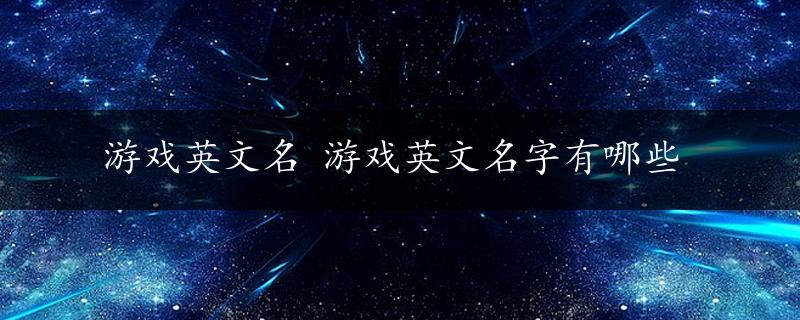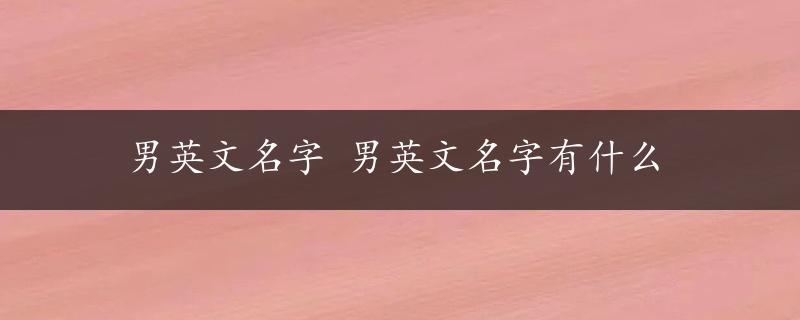1. Ancient agricultural society: The Spring Festival originally marked the end of a traditional agricultural calendar, symbolizing the start of a new year's farming cycle.
2. Mythological origins: According to legend, the Spring Festival began with Nian, a mythical monster who terrorized a village on the first day of every year. Eventually, the villagers learned how to scare off Nian with the color red, loud noises, and bright lights.
3. Emperors' grand celebrations: During ancient China's imperial era, Emperors would offer sacrifices to their ancestors before organizing grand celebrations such as lighting fireworks, holding parades, and presenting gifts to nobles.
4. The Han Dynasty: During the Han Dynasty (202 BCE–220 CE), people started putting up special posters to bring good luck and ward off evil spirits.
5. The Tang Dynasty: The Tang Dynasty (618-907) saw the arrival of a popular folk story about spring cleaning, which now accompanies the Spring Festival as a means of bringing good fortune into the New Year.
6. Modern Era: Today, the Spring Festival remains an important time of year for Chinese families with many different traditions and celebrations, including family reunions, feasts, temple fairs, dragon dances and much more.





